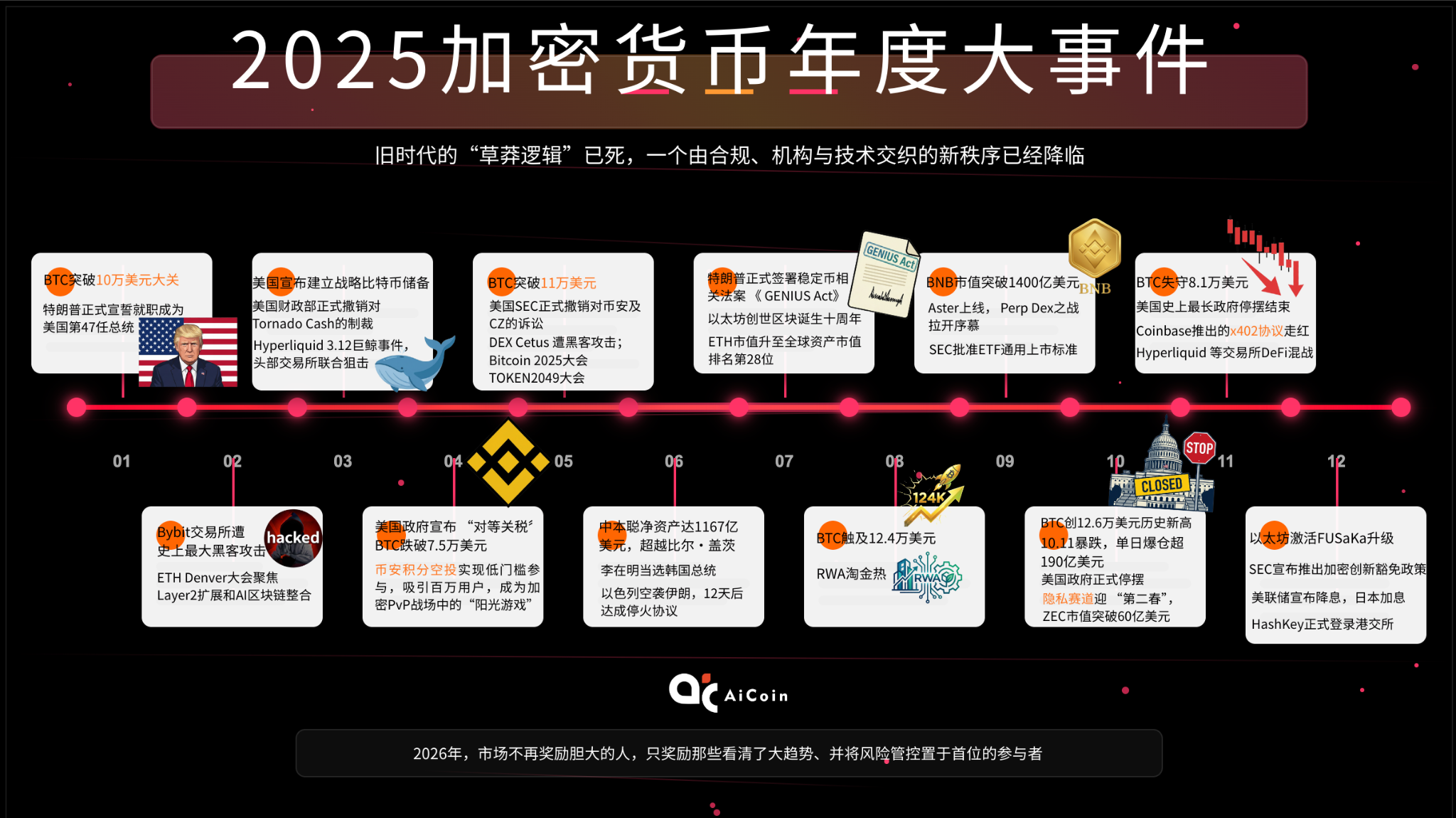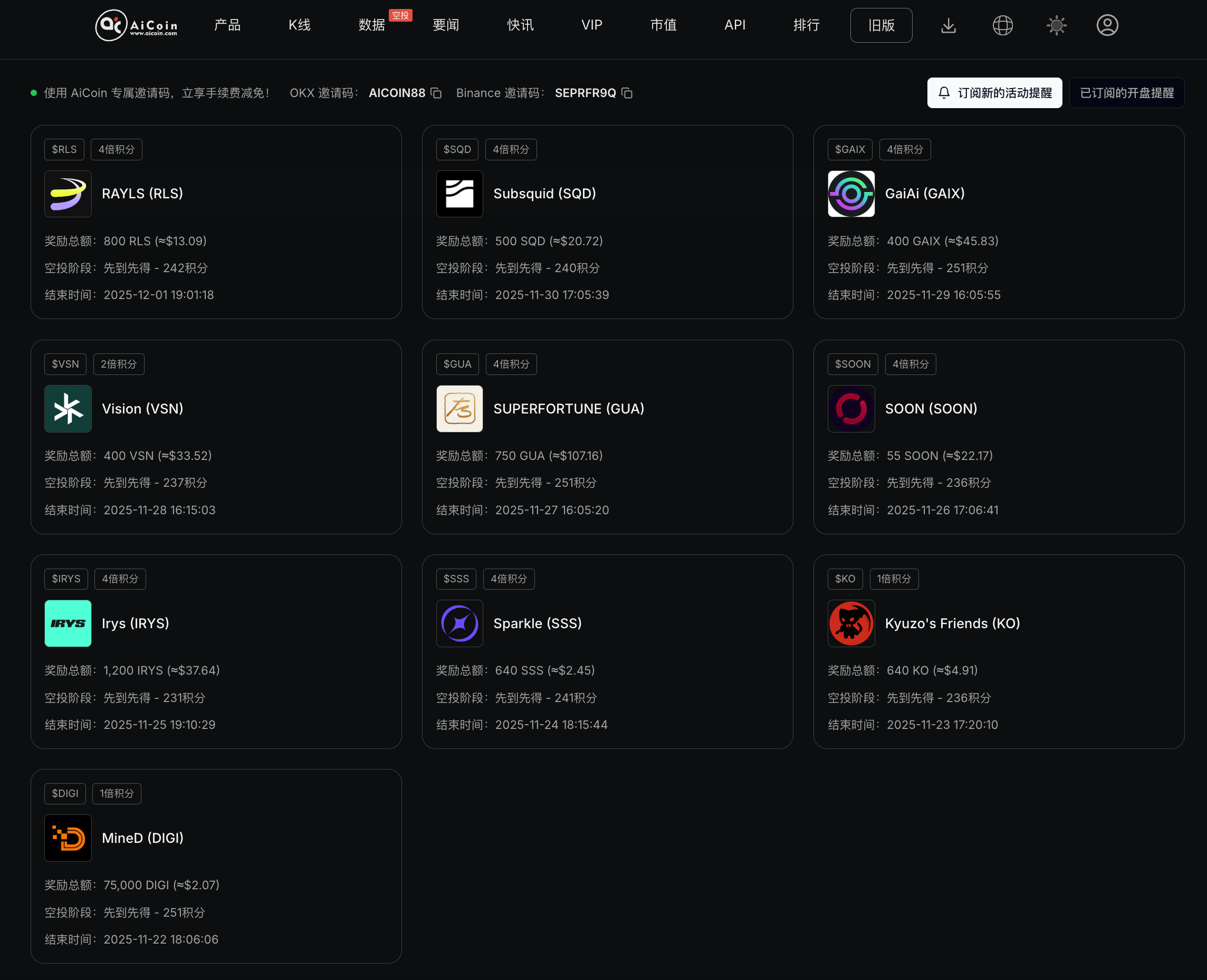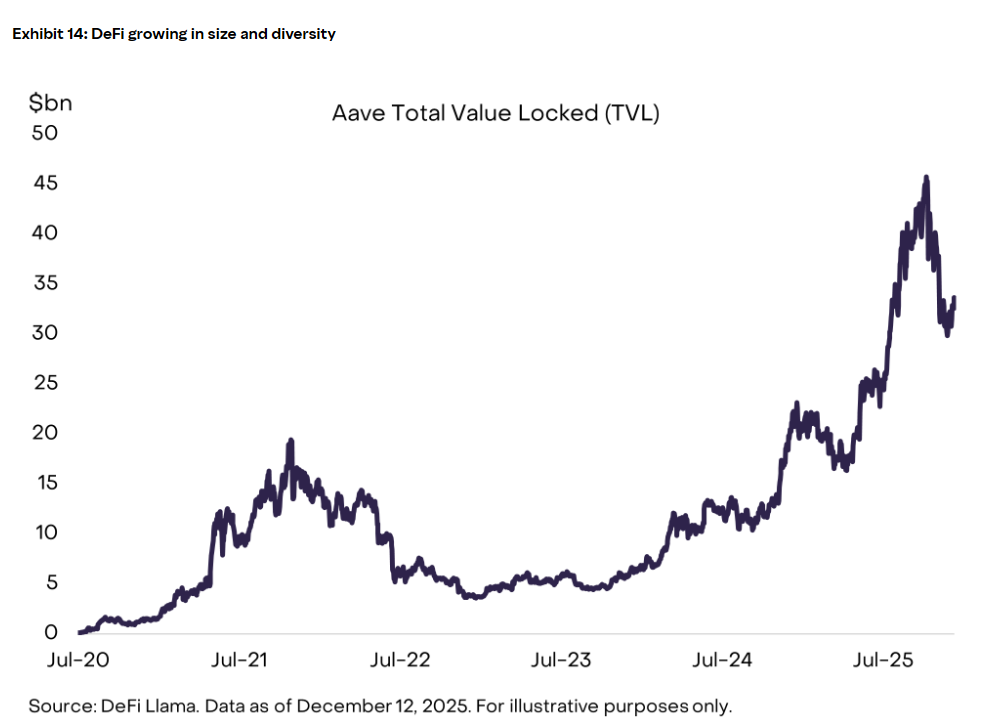When the $5.6 billion USDC reserves became the target, HyperLiquid triggered a battle among giants like Paxos, Frax, and Agora through a meticulously designed validator voting process. This is not just a redistribution of interests but a challenge to the supremacy of stablecoins.
Before September 2025, HyperLiquid was merely a successful derivatives trading platform in the DeFi space, capturing 70% of the decentralized perpetual contract market with its astonishing trading volume and innovative architecture.
However, with its announcement to launch the native stablecoin USDH, the platform is initiating a power shift against the existing order of stablecoins.
01 Ambition Emerges, Restructuring Interests of $5.6 Billion Reserves
The Hyperliquid platform holds up to $5.6 billion in stablecoin assets, of which 95% is USDC. The interest income generated from these funds flows entirely to Circle, while Hyperliquid, as the creator of application scenarios and demand, receives nothing.
With the current yield of about 4% on U.S. Treasury bonds, these reserves could generate approximately $220 million in interest income annually. This figure is staggering—it is nearly three times Hyperliquid's existing treasury annual income (around $75 million).
The launch of USDH aims to internalize this massive value, no longer allowing external issuers to enjoy this "free lunch." Hyperliquid is no longer satisfied with just being a trading platform; it wants to build a complete financial ecosystem and achieve "self-sustainability."
02 Innovative Mechanism, Validator Voting Breaks Traditional Issuance Model
Unlike traditional stablecoins issued by centralized entities, Hyperliquid has chosen an unprecedented path—publicly bidding for cooperative issuers through on-chain validator voting.
This innovative mechanism sets up a stage for transparent competition: teams submit proposals, validators vote to decide the winner, and the winning team must also participate in a Gas auction to complete the final deployment. This process aims to make the launch of USDH more transparent and community-driven.
Four main teams participated in this competition:
Paxos Labs: Offers a compliant stablecoin under the U.S. GENIUS Act and EU MiCA framework, promising to use 95% of interest income for HYPE token buybacks;
Frax Finance: Proposes to pass 100% of the underlying Treasury bond income directly to users without any fees;
Agora: Managed by State Street Bank for reserves, with VanEck responsible for asset management, promising to share all net income with the ecosystem;
Native Markets: A native project of Hyperliquid, proposing to contribute 50% of reserve income to a buyback fund.
03 Controversy, Staged Show or Fair Competition?
Hyperliquid's governance experiment is not without controversy. Many community members question whether this vote is merely a "staged show after a predetermined outcome."
Max, a developer of the Hyperstable project, pointed out that the USDH codename was once blacklisted, forcing their stablecoin to use the "USH" symbol. Now, the foundation's sudden unblocking of USDH feels extremely unfair to teams that invested significant resources.
Even more suspicious is that Native Markets submitted a detailed proposal just one hour after the official announcement, and Frax submitted theirs within 10 hours, a response time far exceeding the average decision-making time of decentralized organizations. This raises doubts about the possibility of prior information leaks.
Ethena Labs even mocked on social media: "Dear Jeff, I wrote to you, but you still haven't replied. I sent two $USDH proposals last fall; you surely didn't receive them."
04 Interest Landscape, The Counterattack and Helplessness of Established Giants
The emergence of USDH directly challenges the existing duopoly in the stablecoin market. Tether's USDT and Circle's USDC currently account for over 80% of the stablecoin market combined.
In particular, Circle faces the risk of 7.5% of USDC circulation potentially being migrated, equivalent to an annual loss of $220 million in revenue. Circle is clearly unwilling to easily give up this lucrative segment and hastily announced the introduction of native USDC and CCTP V2 protocol on Hyperliquid.
Circle co-founder Jeremy Allaire stated on social media: "Glad to see competition, which will enter the HYPE ecosystem in significant ways." However, the community is not buying it, with a highly upvoted comment bluntly stating: "You should do better and act faster."
05 Far-reaching Impact, The Stablecoin Market Moves Towards Multipolarization
Regardless of the outcome, Hyperliquid's USDH attempt is bringing profound changes to the stablecoin market. It may drive the industry from a duopoly monopoly towards multipolarization, providing a paradigm for other DEXs.
The stablecoin market itself is undergoing a new round of expansion, with a total market value exceeding $285 billion. Giants and emerging players are entering the fray: MetaMask is collaborating with M0 to launch mmUSD; payment giant Stripe is also partnering with Bridge to issue an internal stablecoin.
In this trend, exchanges, public chains, wallets, and payment companies all hope to control their own monetary systems, reduce external dependencies, and capture the long-term benefits brought by reserve assets.
06 Value Return, A New Economic Narrative for HYPE Tokens
The launch of USDH creates a new value narrative for HYPE tokens. By using most of the reserve income for HYPE buybacks, Hyperliquid establishes a direct link between stablecoin adoption and token appreciation.
The market has responded positively to this. Since the announcement of the stablecoin, the price of HYPE has risen nearly 12%, exceeding $50/token, just 2.3% away from its all-time high.
If Hyperliquid can capture a quarter of future stablecoin trading volume, HYPE could see exponential growth potential.
07 Compliance Frontier, Innovative Space Under Regulatory Framework
Hyperliquid's USDH plan has a unique advantage: it has considered compliance from the design stage, planning to align with the U.S. GENIUS Act and EU MiCA framework.
Unlike the characteristics of USDC that may be frozen, USDH is designed to support unrestricted activities within the platform while still complying with governance and risk frameworks. This positioning indicates that Hyperliquid aims to establish legitimacy while expanding its economic control.
This compliant yet permissionless design could become a benchmark for future stablecoins, especially in an increasingly stringent regulatory environment.
In Conclusion
The validator voting will end on September 14, but regardless of which team wins, the true winner is already clear—Hyperliquid and its community will gain $220 million in annual interest income, no longer needing to hand over this massive wealth to external issuers.
Hyperliquid's USDH attempt proves that in the DeFi space, innovation comes not only from technological breakthroughs but also from the democratization of value distribution. When the interest income from stablecoins can return to the community rather than being monopolized by centralized issuers, the true promise of DeFi—financial democratization—may finally be realized.
Will this experiment ultimately lead to a true return of value, or will it be proven to be a carefully designed power play? The answer is about to be revealed.
免责声明:本文章仅代表作者个人观点,不代表本平台的立场和观点。本文章仅供信息分享,不构成对任何人的任何投资建议。用户与作者之间的任何争议,与本平台无关。如网页中刊载的文章或图片涉及侵权,请提供相关的权利证明和身份证明发送邮件到support@aicoin.com,本平台相关工作人员将会进行核查。




